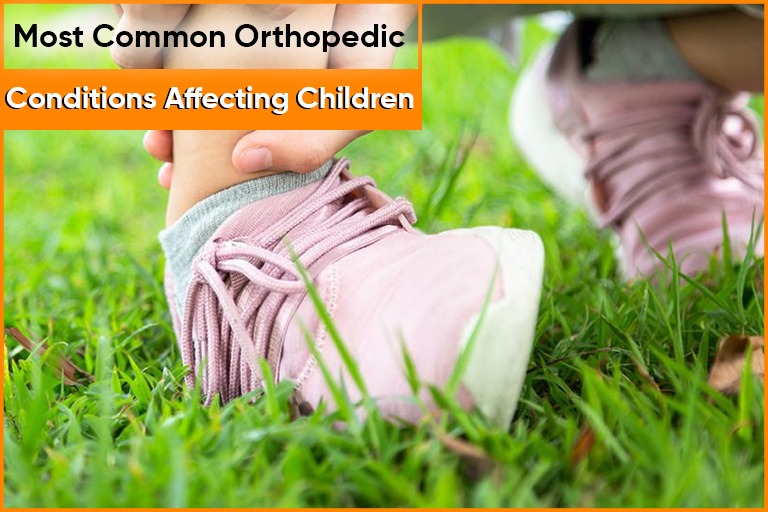Many childhoods are rocked by orthopedic conditions since birth or as a result of injuries; among them, minor injuries and some conditions tend to heal with time; those who do not, look at surgical ways of getting them back to normal. Pediatric orthopedic conditions require specialized treatment and surgical procedures, under expert hands; this is a necessity since pediatric health is more fragile and sensitive than adults. However, many pediatric orthopedic situations can still get out of hand if not respected for their complexity.
Some orthopedic situations present since birth has been further described:
- Pigeon Toes: Also known as in-toeing, this is characterized by children walking with their feet turned inwards. Infants have a natural turning in of their lower limbs during the age of 8-15 months, that is when they begin to stand. As they grow up, it is a noticeable phenomenon that their feet turn inward while walking; there are rarely any surgical methods for treatment of this, instead, braces and special shoes are used to rectify this. At the age of 3-4 years, some children have the upper part of their leg rotated inwards more than normal, which causes their legs to turn inward while walking. Cerebral palsy can also sometimes be related to the condition of pigeon toes.
- Flatfeet: It is a natural occurrence since most babies are born with flatfoot. However, as they grow up, arches develop. There are some cases where these arches never develop fully as they are supposed to; described as ‘weak ankles’ by parents, this is similar to the condition of pigeon feet. Treatment is recommended only if it becomes painful for the child. Arch supports into shoes provide necessary backing for bringing the feet into position.
- Toe Walking: As an infant learns to walk, it is pretty common phenomenon that they toe walk, which passes on with age. However, some children latch on to this way of walking. Occasional toe walking is not a concern, but if it is done regularly after 3 years of age, parents are advised to consult with a physician. Persistent toe walking can also be possibly linked to other diseases like autism, muscle weakness disorders, cerebral palsy or other neural problems. A physical therapist may ask to take some physical exercises like stretching; at 4 to 5 years of age, casting ankle and feet for 6 weeks may be required to perform for stretching of calf muscles.
- Knock Knees: As the body goes through a natural alignment shift at the age of 3-6 years, many children experience the phenomenon of knock knees. Most of the time, this does not require treatment, as legs will straighten themselves on their own. However, severe knock knees may require the use of braces shoe inserts, or splints (though these are not quite as effective). Above the age of 10, if a child experiences pain while running or playing, surgery as a step is considered.
- Bowlegs: An exaggerated bending of legs outward, from the knees, it is also a common occurrence in infants. However, if it persists beyond 2 years of age, a bigger disease like Blount Disease or rickets may be at play. Immediate medical treatment therapy is advised if bow-leggedness persists, or occurs only on one leg.
In addition, other orthopedic conditions can arise from an accident while playing like fractures. Since childhood represents an active growth stage, surgery is not recommended, as the bones tend to fix themselves. Only a little support externally does the needful. However, if the condition persists or becomes impossible to heal, surgery can opt as a remedy.
